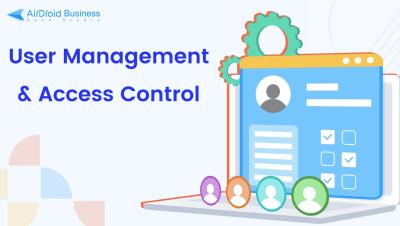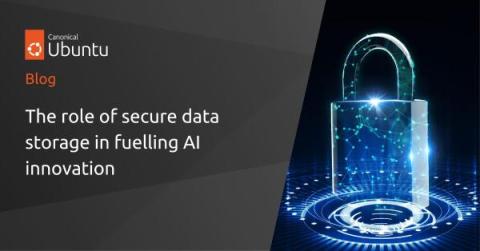NLP vs. LLMs: Understanding the differences
As AI continues to grow and solve problems across countless industries, a key part of that tech is the ability to seamlessly bridge the gap between human language and machine understanding. This is where natural language processing (NLP) and large language models (LLMs) come in. They provide distinct and specialized approaches for connecting the power of human communication with software and machines. Or in simpler terms, NLP and LLMs enable us to have human-like conversations with software.











